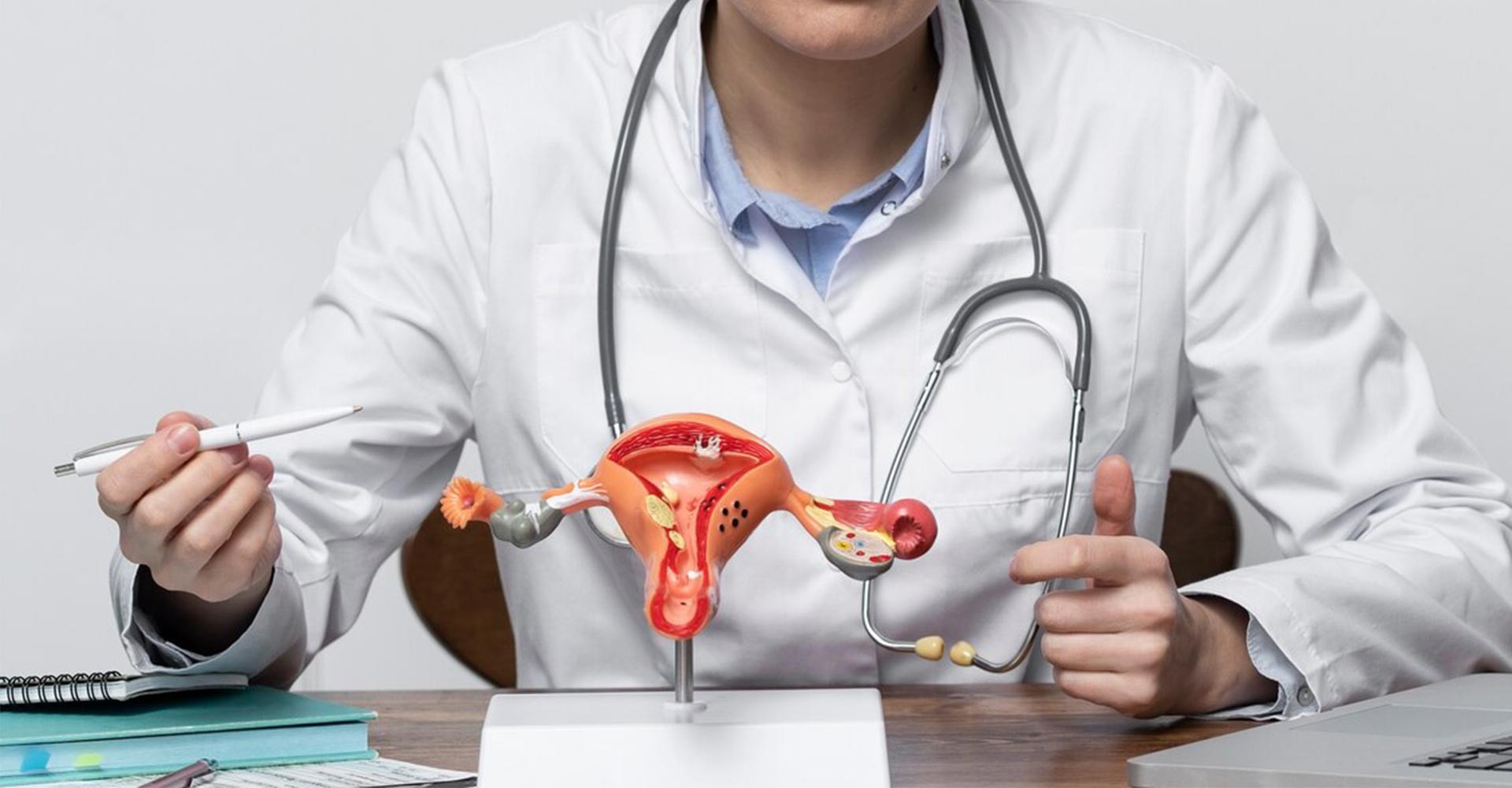blog tambre
How does a hysteroscopy work?

Table of contents
Hysteroscopy is a routine diagnostic procedure in gynaecology. It is performed in the consulting room and allows the direct examination of the inside of the uterus (cervical canal, uterine cavity and exit of the fallopian tubes) to diagnose problems of bleeding in women, or causes of repeated infertility or miscarriage. From a therapeutic point of view, hysteroscopy can be used to perform sterilisation procedures or to help correct uterine problems. For example, polyps and fibroids can be removed while avoiding open abdominal surgery.
Therefore, there are two types of hysteroscopy. The diagnostic hysteroscopy is performed to see the inside of the uterus. It is a harmless method with only a small risk of complications. The patients recover very well after the examination. If it is used as a surgical method, it is called operative hysteroscopy. Both are done on an outpatient basis and with sedation.
Doctors consider a hysteroscopy when other tests like the gynaecologic ultrasound scan, the pap smear or the biopsy of the endometrium indicate a disease in this area.
The most common results are: polyps, myomas or intrauterine fibroids, uterine abnormalities such as the septal or septate uterus, or hypertrophy or exaggerated growth of the endometrium.
What you should know before having a hysteroscopy?
Before a hysteroscopy, the doctor asks for your full medical history and performs a physical examination. This preoperative test includes: basic coagulation, blood count and serology (Hepatitis B, Hepatitis C, HIV and RPR). The doctor will need to make sure that you are in good health. Then, he will explain all the details of the procedure and offer you the opportunity to ask questions.
During this conversation, you should give the doctor as much information as possible. For example, if you are pregnant or if you think that you may be; if you are allergic to any drug, iodine, latex, adhesive tape or anaesthetic agents; if you take any medicine or suplements; or if you have any history of bleeding disorder.
Once all your doubts are resolved, the doctor asks you to sign an informed consent form. In this document, there will be all the information about the technique, the reason why the doctor indicates to undertake the procedure and post-operative risks. By signing, you authorise the performance of the hysteroscopy.
How to prepare for a hysteroscopy?
The hysteroscopy on average takes 10-15 minutes. The best moment to undergo the exam is during the first phase of the cycle, that means, after the menstruation and before the ovulation. This way, we get a better visuality of the uterus and avoid any damages of a possible recent pregnancy.
The docotor will indicate the patient to fast (not to eat, nor to drink) after 12 am the day before. The procedure is performed with an instrument called hysteroscope. It is a tube that carries a light source and a camera that sends images from the inside of the uterus to a video monitor. The hysteroscope is inserted through the cervix, which is the hole that connects the vagina to the uterine cavity. Therefore, it is not necessary to make any incisions or suture. Yes, it will be necessary to dilate the cervix. For this, the surgeon will administer a vaginal medication a few hours before the intervention.
In the operation theatre the pacient is placed on one of the operating tables lying on her back and with her feet supported by stirrups. The vaginal area will be cleansed with the antiseptic solution and the hysteroscope will be inserted into the vagina. Through the hysteroscope a liquid or gas will be injected to expand the uterus and thus, allows a better visualisation. If a procedure such as the removal of a fibroid is performed, the instruments (electric scalpel or resector) will be inserted through the hysteroscope as well. When the procedure is done, the hysteroscope will be removed.
Do I need any special care after the hysteroscopy?
Recovery is usually not complicated. The medical team will monitor blood pressure, pulse and breathing until they are stable. Once this stability is achieved, you will be discharged, so you can go home. The performance of a hysteroscopy by doctors with years of experience ensures maximum efficiency and thrustworthiness in the interpretation of images and therefore minimising the risk of complications. But it is normal to have some discomfort. For example, you may have abdominal pain similar to those of your menstrual period or fluid loss and scarce vaginal bleeding during the following two days.
It could be possible that the pacient has to avoid sexual relations for 3 to 4 weeks after the intervention. Especially after an operative hysteroscopy it is also not recommended to go to the swimming pool, do exercise for one week or use tampons. Apart from that and unless the doctor tells you otherwise, there is usually no problem when performing normal daily activities.
